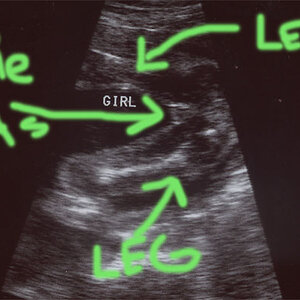Actor
TPF Noob!
- Joined
- Mar 4, 2007
- Messages
- 421
- Reaction score
- 1
- Location
- Ohio
- Can others edit my Photos
- Photos NOT OK to edit
In rummaging through all my old photo stuff I've come across 10 exposed but unprocessed rolls of verichrome pan. These have to be 40 years old if not older. I'd like to try processing at least one roll myself before shipping them off to Rocky Mountain Labs. Assuming that any image remains on them is there anything I can do to increase my chances of success? Say like pushing the film, using a different temperature or using some special developer?
Last edited:








![[No title]](/data/xfmg/thumbnail/38/38736-5bc266b035e23faf5ad942bdd97466a8.jpg?1619738703)
![[No title]](/data/xfmg/thumbnail/30/30883-04222f7ae234efdf80dff6f96ddad16f.jpg?1619734495)



![[No title]](/data/xfmg/thumbnail/38/38733-21217cf4fc7d197a2f8b1e0e2d17b5a5.jpg?1619738703)
